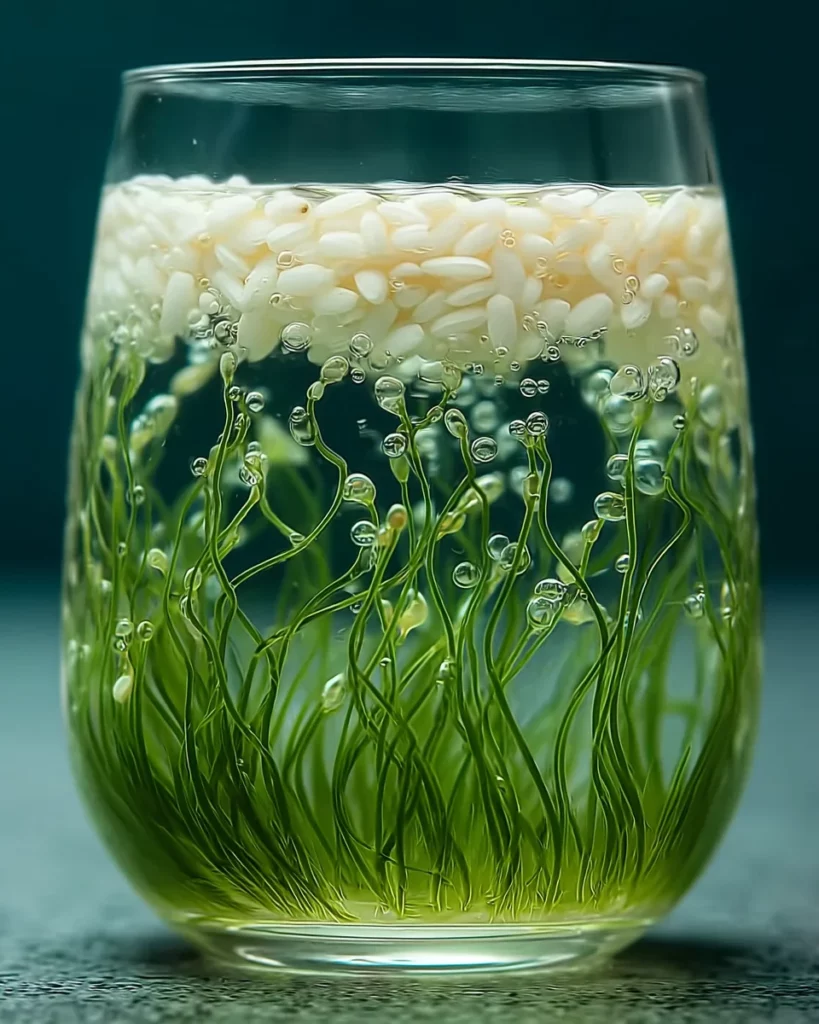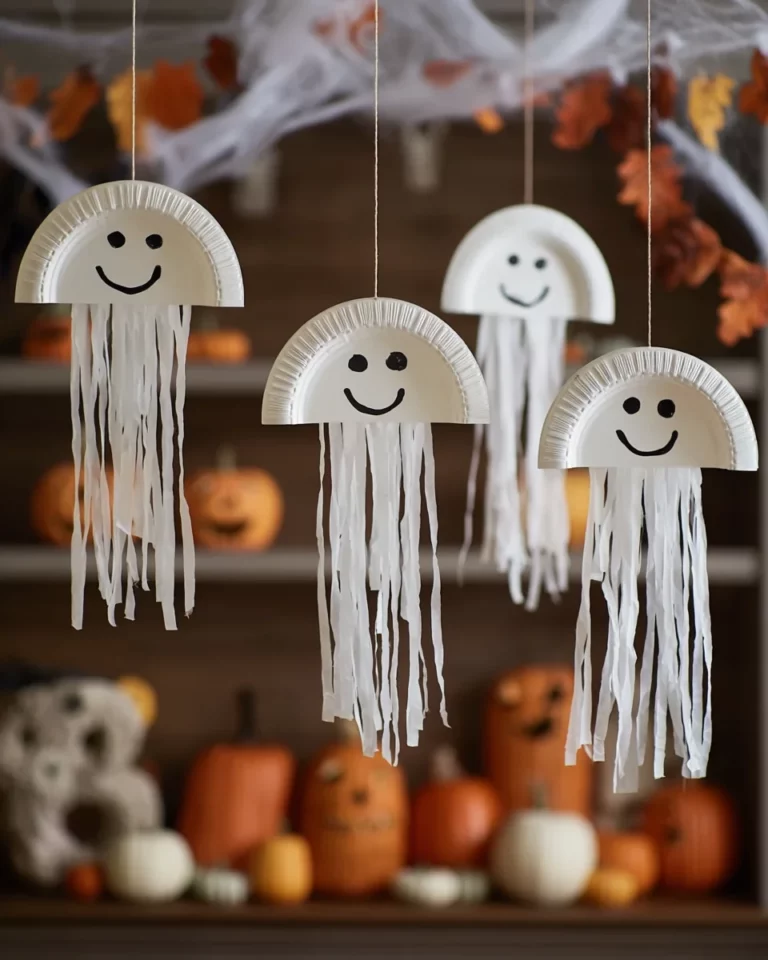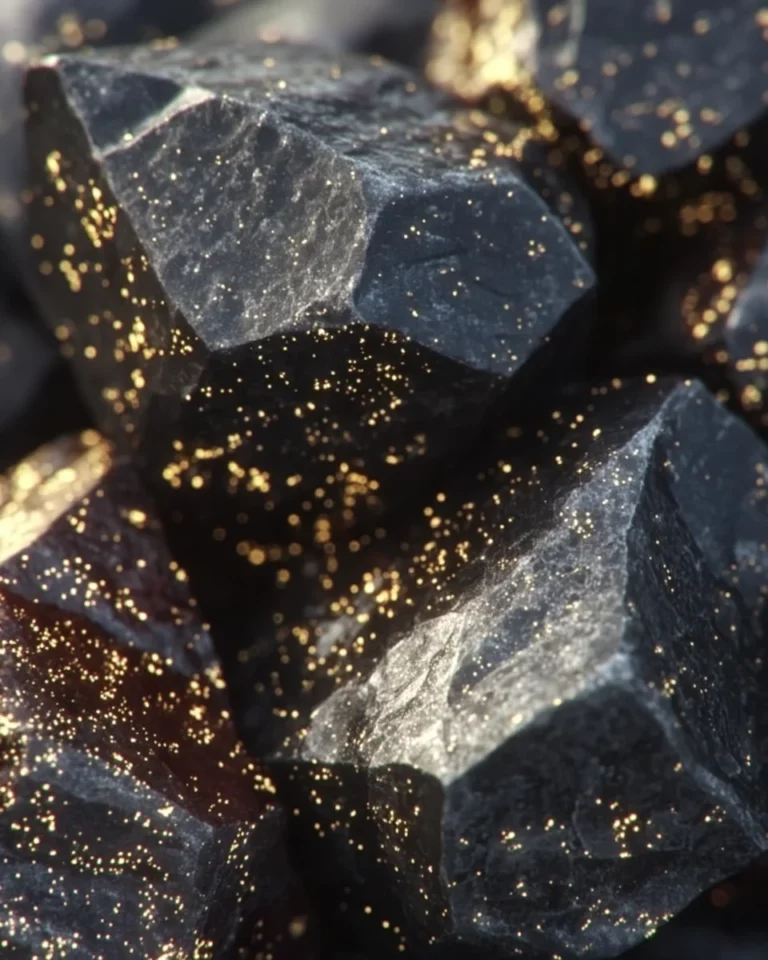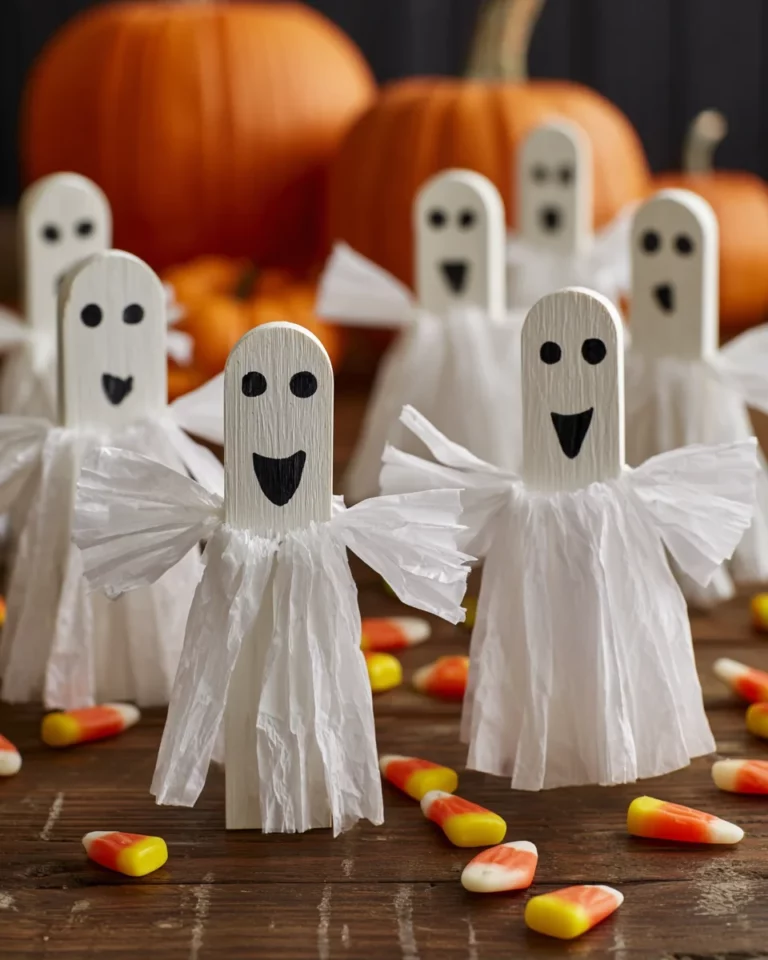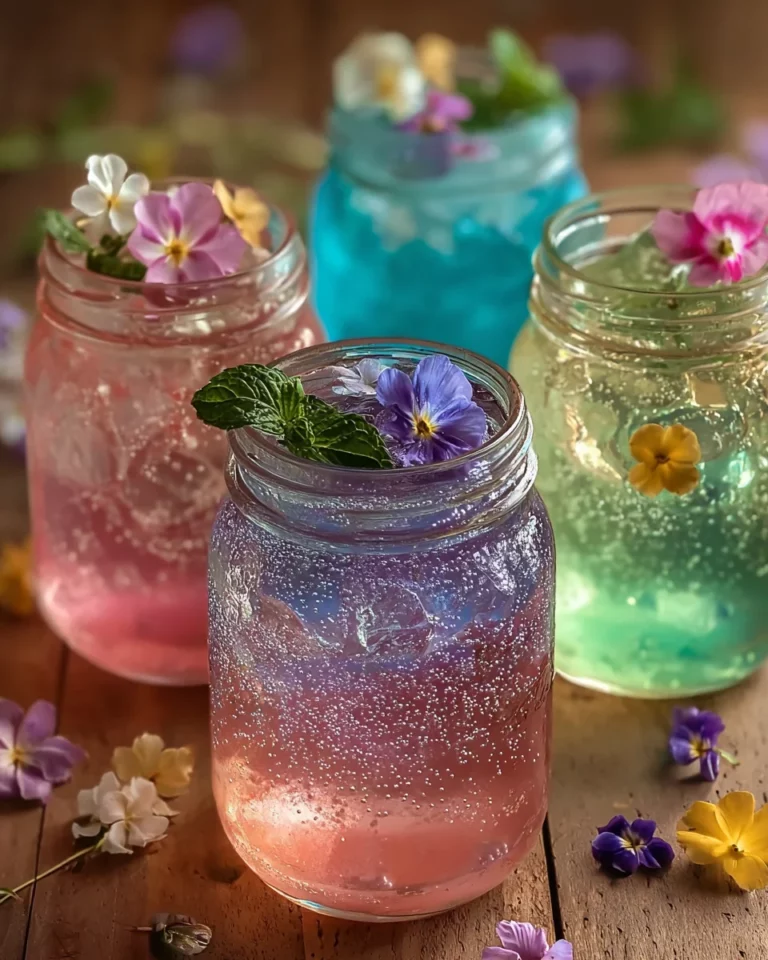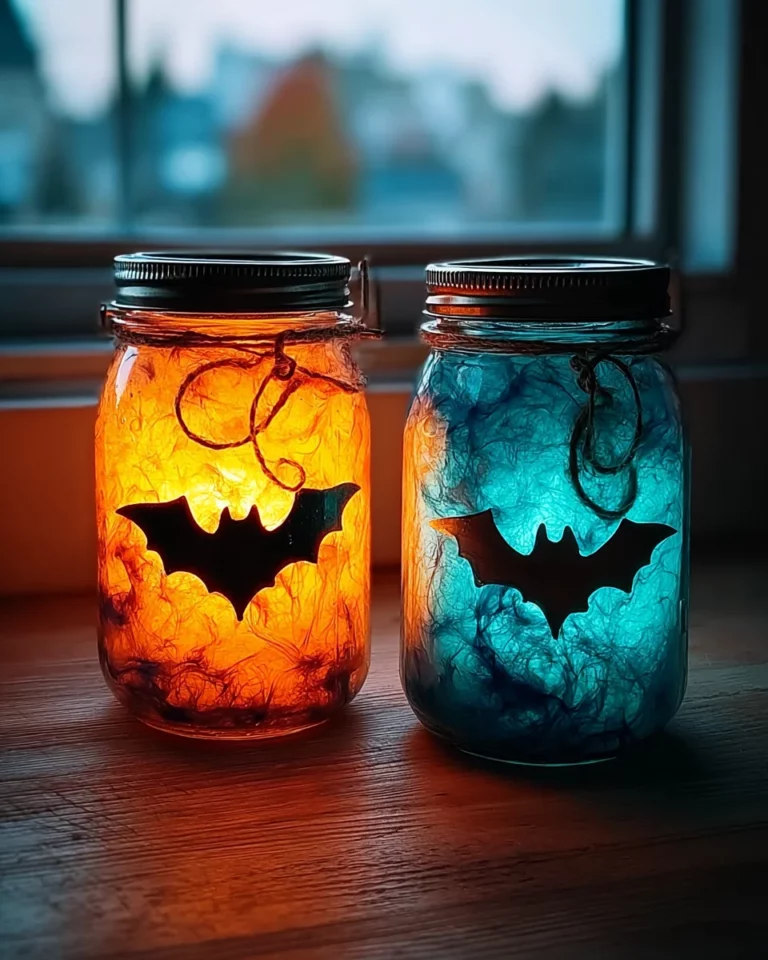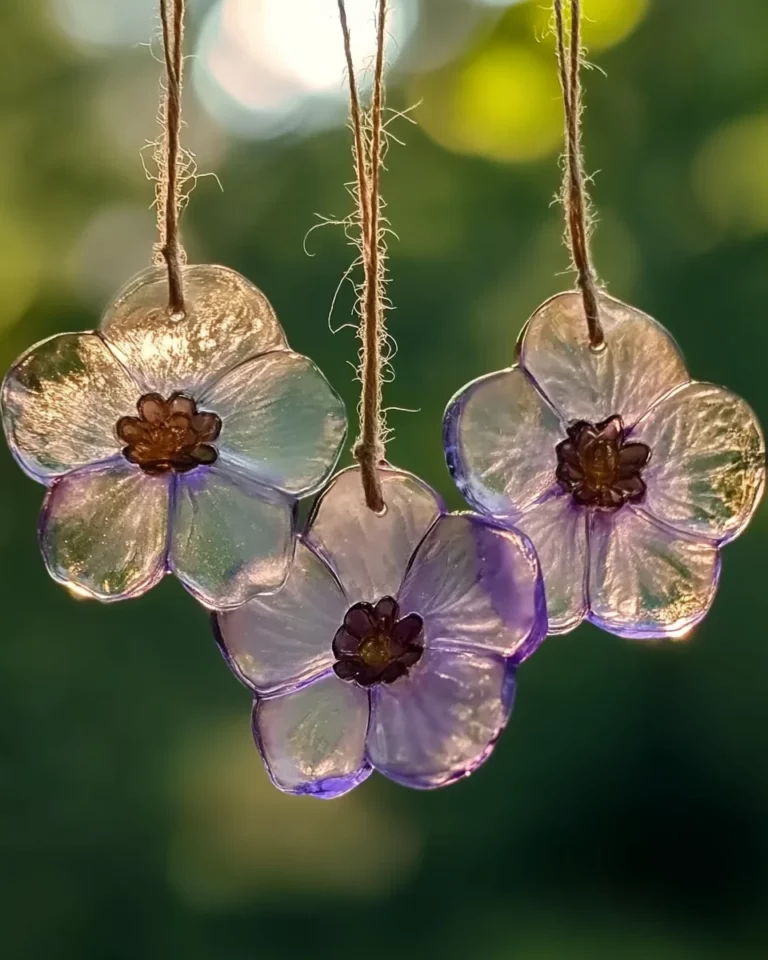Dancing Rice Experiment: Watch Your Rice Come Alive!
Introduction to Dancing Rice Experiment
Hey there, fellow busy moms and professionals! If you’re searching for a fun and quick activity for your kids, look no further than the Dancing Rice Experiment. This delightful science project combines learning and enjoyment in just a few minutes. I know how stressful life can get, especially when you’re juggling work and family duties. But trust me, this simple experiment will turn a mundane afternoon into a magical moment! Imagine your little ones’ faces lighting up as they watch rice seemingly dance, all thanks to a few pantry staples. It’s a win-win for learning and bonding time!
Why You’ll Love This Dancing Rice Experiment
This Dancing Rice Experiment is perfect for anyone seeking a quick, engaging, and educational activity. In just five minutes, you can turn ordinary ingredients into a captivating science lesson that sparks curiosity in your kids. Plus, it’s uncomplicated! With minimal setup and cleanup, you can focus on the joy of science without the fuss. This experiment is sure to entertain while promoting learning, making it a delightful addition to your busy life!
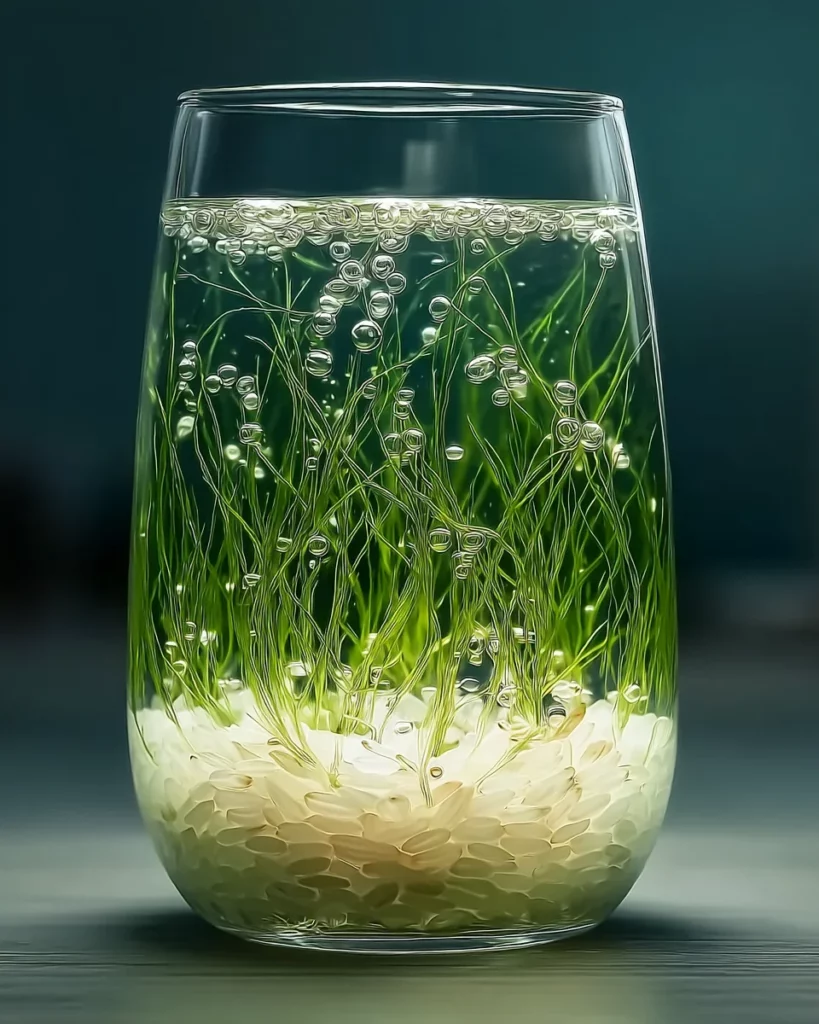
Ingredients for the Dancing Rice Experiment
Gathering your ingredients for the Dancing Rice Experiment is easy and fun! Here’s what you’ll need:
- 1 clear jar or glass: A transparent container helps you see the magic in action! Choose something tall and clear for the best view.
- ¾ cup water: This is the base of your experiment. It creates the environment for the dancing rice to come alive. You can use tap water without any fuss!
- 1 tablespoon baking soda: This is the secret ingredient that sets off the chemical reaction. It’s readily available in any kitchen, making this experiment super convenient.
- ¼ cup uncooked white rice: Ordinary rice adds charm to your experiment. It’s light and buoyant, allowing for that delightful dance!
- 1–2 tablespoons vinegar: When mixed with baking soda, vinegar creates the bubbly effect that makes the rice float and dance. A common pantry item that adds excitement!
- Food coloring (optional): Adding a splash of color can enhance the visual effect! Blue or green works well for a whimsical touch.
Don’t worry about exact measurements just yet! You can find those at the bottom of the article for easy printing. Gather these simple ingredients, and let the fun begin!
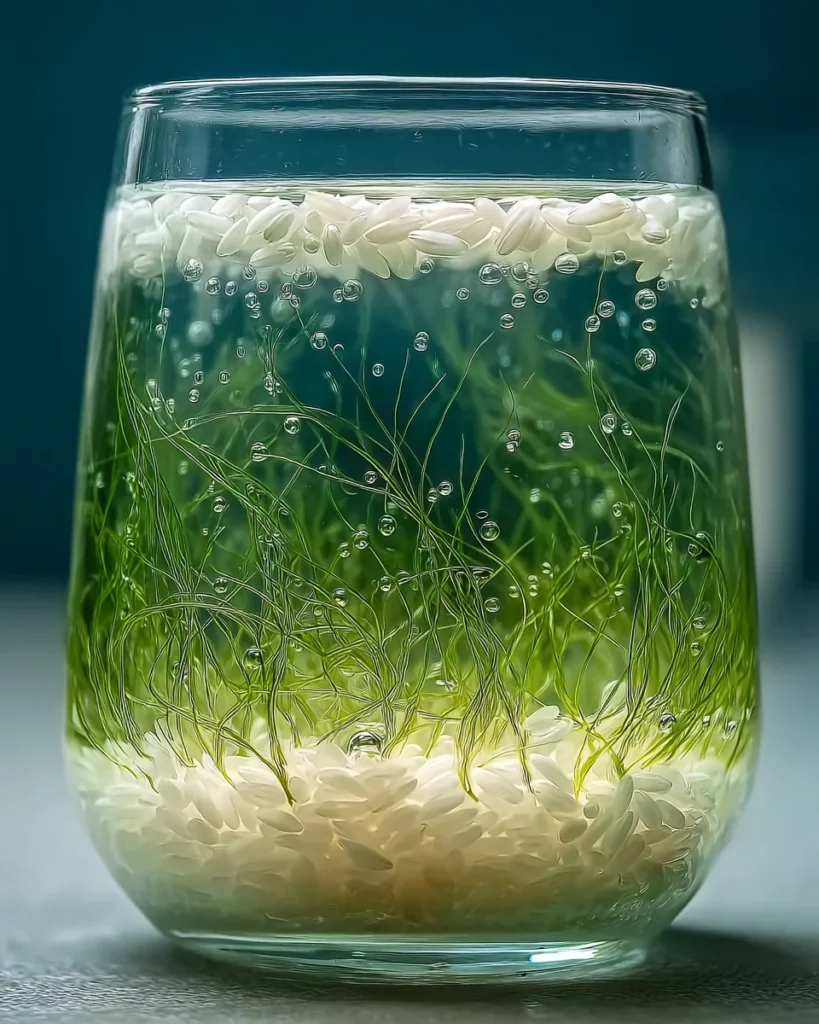
How to Make the Dancing Rice Experiment
Now that you have all your ingredients ready, let’s dive into the fun part! Making the Dancing Rice Experiment is a breeze. Follow these simple steps, and you’ll soon witness your rice coming to life in a delightful display.
Step 1: Prepare Your Jar
Choose a clear jar or glass, ideally one that’s tall and transparent. This will allow you to see the magic unfold. Fill it about three-quarters full with water. Make sure there’s ample space at the top to ensure things don’t overflow during the next steps. A sturdy container keeps everything contained!
Step 2: Add Food Coloring
If you want to add a splash of color, now’s the time to do it! A few drops of food coloring can create a vibrant effect, making the experiment even more captivating. Blue or green adds a whimsical touch, resembling a magical potion! Stir it gently to distribute the color evenly before moving on to the next step.
Step 3: Mix in Baking Soda
Now, let’s get to the heart of the science magic! Gradually stir in one tablespoon of baking soda. Ensure it’s fully dissolved, as this is crucial for the chemical reaction that will make the rice dance. You should notice some fizzing—this is the reaction starting to bubble. Bake no more than 30 seconds until everything is well mixed.
Step 4: Introduce the Rice
Time to add the uncooked white rice! Gently drop it into the jar and watch how it floats at first. This is where the fun begins! Don’t worry about it settling at the bottom; just be patient, as the reaction will kick in shortly.
Step 5: Add Vinegar and Observe
The grand finale is here! Pour in one to two tablespoons of vinegar. As it interacts with the baking soda, you’ll see delightful bubbles forming. The rice will start dancing, rising and falling as if it has a life of its own! This exciting visual will amaze your kids and leave them giggling with glee!
Tips for Success
- Make sure to use a clear jar—the better the visibility, the more enjoyable the experiment!
- Always stir the baking soda well to avoid clumps. A smooth solution is key to triggering the reaction.
- Encourage your kids to ask questions during the experiment. It makes the learning experience more engaging!
- Don’t rush the vinegar addition; add it slowly for a more dramatic effect.
- Consider doing the experiment outside or on an easily washable surface, just in case of spills!
Equipment Needed
- Clear jar or glass: A tall, transparent container works best. You can also use a clear plastic cup if glass isn’t available.
- Spoon: For stirring the mixture. Any sturdy spoon will do, even a disposable one in a pinch.
- Measuring spoons: Handy for accurate ingredient amounts. Feel free to estimate if measuring isn’t your style!
Variations for the Dancing Rice Experiment
- Color Explosion: Instead of one color, use multiple food coloring drops for a rainbow effect. This makes the experiment even more visually stimulating!
- Glow-in-the-Dark Fun: Add a few drops of glow-in-the-dark paint instead of food coloring. When you turn off the lights, your dancing rice will look like a magical show!
- Scented Science: Add a few drops of essential oils to the water. Scents like lemon or peppermint can provide a sensory twist to the experiment.
- Rice Alternatives: Experiment with different types of grains! Try quinoa or couscous to see how they react differently in the bubbling mixture.
- Scientific Exploration: Discuss the science behind the reactions. Use this as an opportunity to explain the concept of density and how gas bubbles affect buoyancy!
Serving Suggestions
- Set up a science party station where kids can do the Dancing Rice Experiment together. Provide colorful decorations and lab coats for an immersive experience!
- Share the joy by inviting family or friends over to showcase the experiment. Everyone will be amazed by the dancing rice!
- Create a mini-science fair at home. Display your rice experiment alongside others for a fun learning adventure.
FAQs about the Dancing Rice Experiment
What happens during the Dancing Rice Experiment?
The Dancing Rice Experiment is all about a fun chemical reaction! When baking soda mixes with vinegar, it creates carbon dioxide gas. This gas forms bubbles that lift the rice, making it seem like it’s dancing. It’s a fantastic way to demonstrate basic science concepts.
Can I use other types of rice for the experiment?
Absolutely! While uncooked white rice is ideal, you can experiment with other grains like quinoa or brown rice. They may dance differently or create varied effects, adding an extra layer of fun to the experiment!
Is this experiment safe for young children?
Yes! This Dancing Rice Experiment is safe for kids, but it’s always best to supervise them during the process. Make sure they don’t ingest any ingredients, as vinegar can be harsh for sensitive stomachs. Just keep it fun and safe!
How can I clean up after the experiment?
Cleanup is simple! Just rinse the jar with warm water to remove any residue. If you have any spills, a damp cloth will do the trick. Since vinegar is biodegradable, there’s no need to worry about harsh chemicals!
What can I teach my kids from this experiment?
This experiment is a golden opportunity for learning! Discuss the basics of chemical reactions, buoyancy, and density. Encourage your kids to ask lots of questions. This fosters a curious mind and a love for science!
Final Thoughts
Every time I set up the Dancing Rice Experiment, I’m reminded of the simple joys of discovery and learning. There’s something magical about watching those little grains leap and float as if they have a life of their own. It’s an enchanting moment that not only entertains my kids but also opens up conversations about science and curiosity. It’s perfect for busy days when you want to spark excitement without much fuss. This fun project is a delightful way to create special memories while learning together, making every moment filled with laughter and joy at home!
Print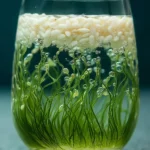
Dancing Rice Experiment
- Total Time: 5 minutes
- Yield: 1 experiment 1x
- Diet: Vegetarian
Description
The Dancing Rice Experiment is a fun and educational science project that demonstrates how chemical reactions can create movement. Watch as the rice appears to come alive when combined with baking soda and vinegar.
Ingredients
- 1 clear jar or glass
- ¾ cup water
- 1 tablespoon baking soda
- ¼ cup uncooked white rice
- 1–2 tablespoons vinegar
- food coloring (optional)
Instructions
- Fill your jar about ¾ full with water.
- Add food coloring if you like—blue or green adds a magical touch.
- Stir in the baking soda until fully dissolved.
- Drop in the uncooked white rice.
- Pour in the vinegar and watch the rice start to dance!
Notes
- The experiment is best done in a clear jar for visibility.
- Be cautious when handling vinegar and baking soda if you have sensitive skin.
- The color of the food coloring can influence the appearance of the dancing effect.
- Prep Time: 5 minutes
- Cook Time: 0 minutes
- Category: Science Experiment
- Method: Mixing and observation
- Cuisine: N/A
Nutrition
- Serving Size: N/A
- Calories: N/A
- Sugar: N/A
- Sodium: N/A
- Fat: N/A
- Saturated Fat: N/A
- Unsaturated Fat: N/A
- Trans Fat: N/A
- Carbohydrates: N/A
- Fiber: N/A
- Protein: N/A
- Cholesterol: N/A

